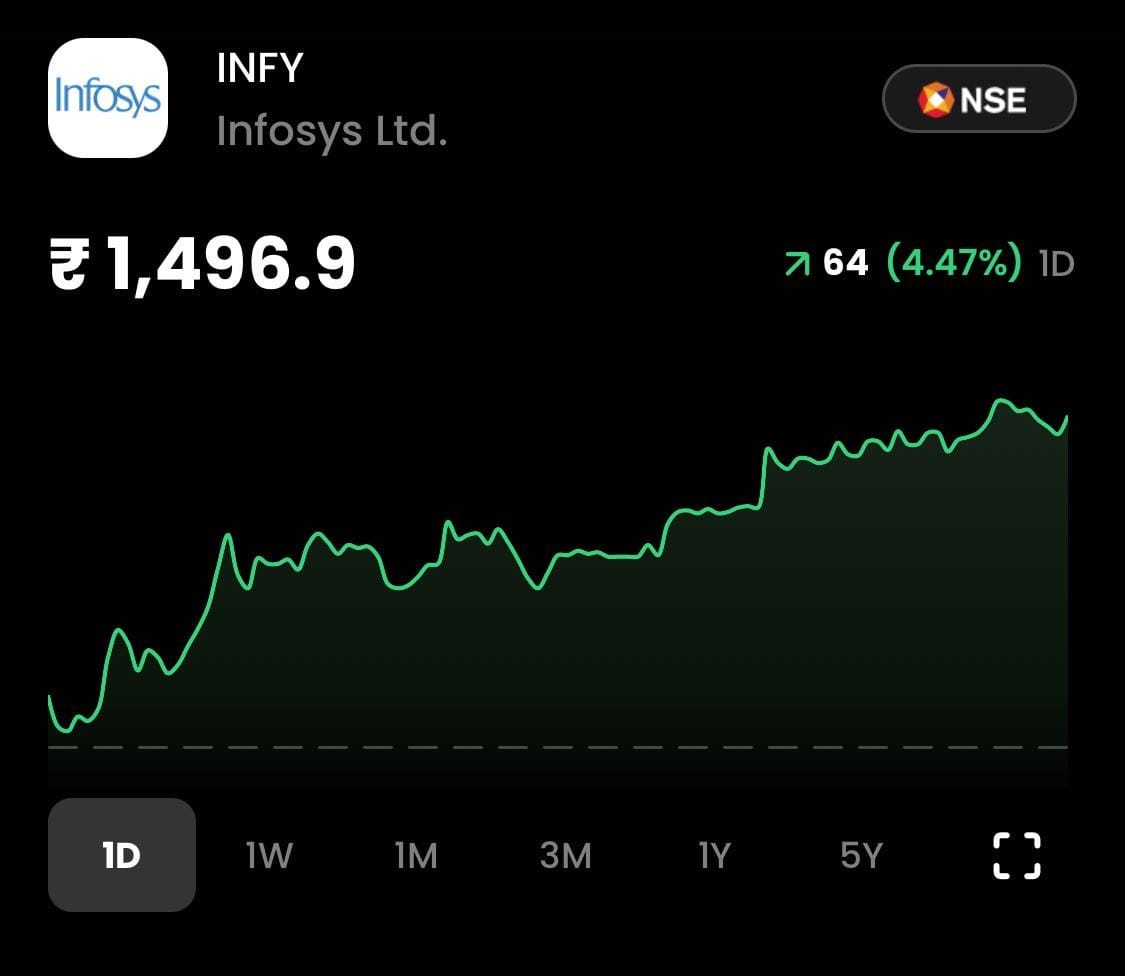“Sensex & Nifty: What’s Driving India’s Stock Markets and What Investors Should Know”
📈 Introduction
The Indian stock market continues to draw global attention, with Sensex and Nifty hitting new highs, surging through key support levels, and reflecting strong investor sentiment. On 12 November 2025, the Sensex jumped over 500 points, and Nifty 50 crossed the 25,800 mark as global and domestic cues aligned to lift optimism.
In this blog, we’ll explore what these indices represent, the factors driving current momentum, risks to watch, and how investors should approach the market at this juncture.
🏦 What Are Sensex & Nifty?
The Sensex (Bombay Stock Exchange’s benchmark) tracks 30 of the largest and most actively traded companies listed on the BSE.
The Nifty 50 (National Stock Exchange benchmark) covers 50 top-cap stocks from across sectors and uses free-float market capitalisation for weighting.
Both serve as barometers of India’s equity market health — they’re used by investors, fund managers and analysts to gauge market direction.
🔍 What’s Fuelling the Market Surge
Improved Global Sentiment: Progress in trade talks (e.g., the US-Japan framework) and hopes of central-bank rate adjustments have boosted risk appetite.
Domestic Earnings Optimism: Corporate results and bank/finance sector strength have lifted hopes of better earnings growth in FY26.
Foreign Flows and FII Interest: Renewed Foreign Institutional Investor (FII) inflows into Indian equities are supporting the indices.
Structural Growth Outlook: India’s long-term trajectory (demographics, consumption growth, reforms) continues to attract investor attention.
⚠️ Risks & Things to Watch
Valuation Stretch: With Nifty and Sensex near record levels, valuations may be elevated and sensitive to earnings disappointment or adverse global shocks.
Global Headwinds: A stronger US dollar, rising oil prices, or any renewed global trade tensions could dent market confidence.
Profit-booking and Corrections: After strong runs, indices may face pullbacks — keeping risk management key.
Macro / Policy Risks: Inflation, interest-rate movements, fiscal policy shifts or regulatory changes (domestic/overseas) can influence market trajectories.
🧭 What This Means for Investors
For long-term investors: The current momentum reinforces the case for staying invested in quality-stocks or diversified index funds, provided your horizon is 5-10 years.
For short-term traders: Zones around major supports (e.g., Nifty 25,000) may matter; keep an eye on derivative flows, sector rotation and global cues.
Asset-allocation matters: While equities are strong, balancing with debt, gold or alternative assets helps manage risk.
Monitor sector-themes: Financials, consumption, infrastructure show strength right now — but ensure not to chase overcrowded trades.
Exit strategy & discipline: Have stop-losses / booking points defined especially in a high-volatility environment.
✅ Final Thoughts
The Indian stock markets are demonstrating strong momentum, with Sensex and Nifty reflecting optimism and structural strength. However, elevated valuations and global uncertainties demand caution and a disciplined investment approach. Whether you’re buying for long-term growth or trading for shorter gains, staying informed, diversified and agile remains the smartest strategy.
You May Also Like

Infosys Limited Share Buyback 2025
1. What’s the announcement?Infosys has announced its largest-ever share buyback: the board appr...

Big relief coming as india us trade deal inches cl...
🔍 What’s the Trade‑Deal News?There is optimism that India and the U.S. are close to resolving...

Adani Ports shares beat Sensex returns in 2025, ca...
✅ Strong fundamentals: APSEZ reported a consolidated net profit of ~₹3,120 crore for Q2 FY26 (...



